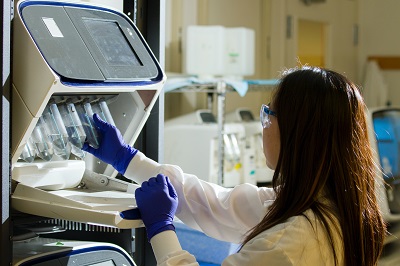Applying for Class III medical device registration with the Therapeutic Goods Administration (TGA) in Australia involves several detailed processes. Here’s a step-by-step overview of the key processes involved in the application:
1. Device Classification and Conformity Assessment
- Confirm Device Classification: Verify that your device is classified as Class III based on its intended use and risk profile. Class III devices are high-risk and typically require more rigorous scrutiny.
- Choose a Conformity Assessment Pathway: Identify the appropriate pathway for conformity assessment. Class III devices generally require a comprehensive review by a TGA-recognized Notified Body.
- Select a Notified Body: Engage a TGA-recognized Notified Body for the conformity assessment. This body will evaluate the technical documentation and compliance with the relevant standards.
2. Prepare Required Documentation
- Technical Documentation: Compile all necessary technical documents, which may include:
- Device description, specifications, and intended use.
- Evidence of compliance with the Essential Principles outlined in the Therapeutic Goods (Medical Devices) Regulations 2002.
- Risk management documentation per ISO 14971.
- Clinical Evaluation Report (CER) demonstrating the safety and effectiveness of the device.
- Quality Management System (QMS) documentation, typically conforming to ISO 13485.
- Labeling and Instructions for Use (IFU): Ensure that the labeling and IFU meet TGA requirements, including all necessary warnings, precautions, and usage instructions.
3. Clinical Evaluation
- Conduct Clinical Studies if Necessary: Depending on the device, you may need to conduct clinical studies to gather evidence of safety and effectiveness.
- Literature Review: Review existing literature and compile relevant data to support the clinical evaluation.
4. Quality Management System (QMS) Implementation
- Establish a QMS: Implement a QMS that aligns with ISO 13485. This includes procedures for design control, production, and post-market monitoring.
- Document Processes: Maintain thorough documentation of all processes, quality checks, and compliance activities.
5. Application Submission
- Complete Application Form: Prepare the registration application, ensuring that all required information is accurately filled out.
- Submit Through TGA Online Portal: Use the TGA’s online submission system to submit the application along with all supporting documentation.
- Pay Required Fees: Ensure that all fees associated with the application are paid, as per TGA guidelines.
6. TGA Review Process
- Initial Assessment: The TGA conducts an initial assessment to ensure that the application is complete. If any documents are missing, the TGA will notify the applicant.
- Conformity Assessment: The TGA works with the selected Notified Body to assess compliance with relevant standards. The Notified Body reviews the technical documentation and clinical evidence.
- Request for Additional Information: Be prepared to respond to any requests from the TGA or Notified Body for further information or clarification during the review process.
7. Decision and Registration
- Review Outcome: Once the TGA completes its review, you will receive notification regarding the outcome of the application.
- ARTG Registration: If approved, the device will be registered in the Australian Register of Therapeutic Goods (ARTG), and you will receive an ARTG certificate.
- Notifying Successful Registration: The TGA will formally notify you of the successful registration.
8. Post-Market Obligations
- Implement Post-Market Surveillance: Develop and execute a post-market surveillance plan to monitor the device's performance and safety.
- Adverse Event Reporting: Be vigilant in reporting any adverse events or incidents associated with the device to the TGA.
- Ongoing Compliance: Maintain compliance with all regulatory requirements, including regular audits of the QMS and updates to technical documentation as necessary.
Summary of Processes
- Confirm device classification and select a Notified Body.
- Prepare required technical documentation and clinical evidence.
- Implement a Quality Management System (QMS).
- Submit the application through the TGA online portal.
- Undergo the TGA review process.
- Receive decision and registration confirmation.
- Manage post-market obligations.
Conclusion
The application process for Class III medical device registration with the TGA is comprehensive and involves multiple stages, from initial classification to post-market surveillance. By understanding and following these processes carefully, manufacturers can ensure a smoother registration experience and facilitate the safe and effective use of their medical devices in Australia.

Contact Us:
Whatsapp or Wechat:+86 15816864648;email address:hito.lin@grzan.cn
.png)
.jpg)

.png)

.png)